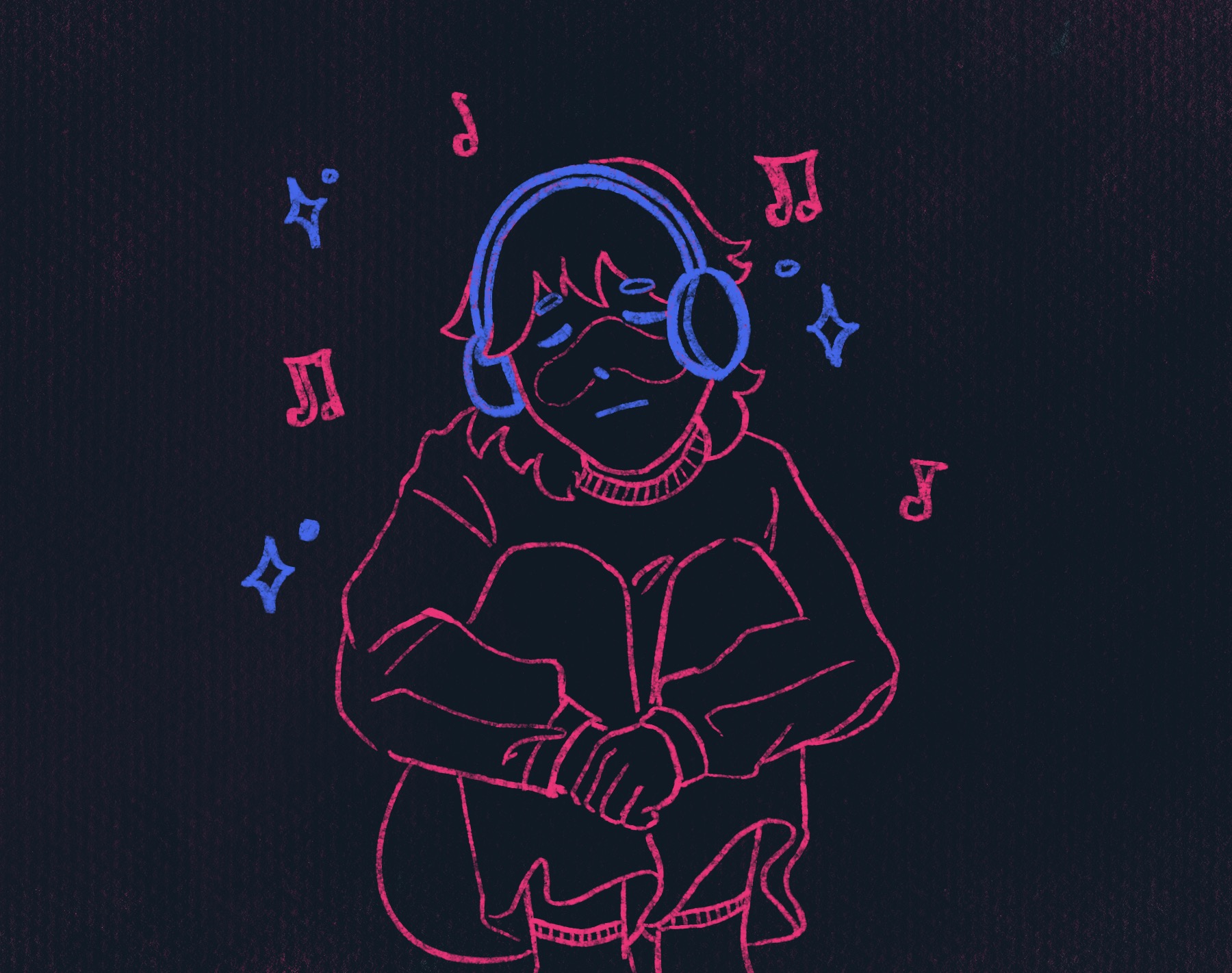“I was born in the wrong generation.”
This is a phrase we’re all familiar with, most commonly uttered by frustrated art aficionados who tend to believe that most, if not all, media produced nowadays is unoriginal and soulless. Most people have tired of their griping and declared such people close-minded for their inability to see value in musical styles they aren’t accustomed to.
To their credit, though, there has been a significant change in the quality of popular music that can’t be ignored.
Of course, music is a highly subjective art form, with sounds and expressions having different meanings for different people. These variations in interpretation tend to lead to a variation in the value that people assign to certain music. This makes it difficult and inaccurate to make deterministic statements like the popular “all modern music is trash.” But there’s a difference between music changing over time and music getting worse.
Rather than throwing around terms like “dull” and “worse,” which are characterizations that some people may not agree with, it is better to take a more technical look at the changes popular music has undergone in the years. A Spanish study included in an article from The Guardian explains this phenomenon, essentially stating that “Pop music is too loud and it all sounds the same.” (The Guardian, Pop music these days: it all sounds the same, survey reveals.) With the study spanning 464,411 music recordings, all created between 1955 and 2010, the researchers concluded that melodic diversity has drastically decreased over the last fifty years. Their findings in regard to pitch transitions, timbral palette, and volume level were similar.
In essence, modern music is experiencing homogenization that is often blamed on artists themselves for lacking creativity. Additionally, modern music is characterized as being “dull and soulless,” meaning that less popular artists who experiment with their sound are largely ignored and lumped together with everyone else.
Modern music is, undeniably, getting harder for a large demographic of young people to engage with.
“I constantly find myself going back to older music, because [older artists] had to spend more time using their heads and thinking for themselves instead of chasing a sound that’s redundant and recycled,” says Caitlyn Lentner, a junior at Branford High School. She largely attributes the decline of creativity in the industry to the arguably excessive amount of music available to artists and consumers today.
Lentner also mentioned, however, that she does find enjoyment in some modern music, saying that she listens to some musical artists who are more recent phenomena than the vast majority of the artists in her musical palette. She stated, however, that she believes these artists to be less popular and therefore harder to find as a result of their deviation from the current musical norm.
Older people also have similar opinions, viewing the current state of music as being reflective of a lack of artistry and musical talent in younger generations.
“If you play by ear only, you will never have that same depth of understanding music construct,” writes Jon Henschen in his article The Tragic Decline of Music Literacy (and Quality). Henschen goes on to directly correlate a decline in musical quality with the dropping music literacy rates among younger people, both as a result of decreased interest and lack of support from the schools that used to teach these skills. He also spends a good portion of the piece discussing his admiration for renowned jazz musicians from older generations, such as John Coltrane. Such an attitude towards older music has made itself an almost inherent characteristic of modern musical circles.
What if this eulogization of older musicians is partially responsible for the lack of creativity in newer artists?
According to MRC Data, a firm that specializes in music analytics, older music accounts for 70% of the US music market today. Additionally, the 200 most popular new songs account for less than 5% of all streams on music platforms.
What exactly do these figures mean? Essentially, older music is pushing newer music out of the market. The cultural fixation on music of times past prompts music moguls to keep their attention on selling and promoting said older music rather than fostering a space for new artists to emerge and nurture their musical talent.
As Ted Gioia writes in his article Is Old Music Killing New Music?, “The problem isn’t a lack of good new music. It’s an institutional failure to discover and nurture it.” With labels primarily focused on making money, the concentration of labels that take a genuine interest in nurturing their musicians’ creativity has decreased. Keeping the older material in circulation has proven to be much more profitable.
David Morgan, a musician and teacher based in Redding, CT, and founder of The Music Shed, a music program for middle school and high school-aged kids to practice and perform in rock bands, weighed in on this issue. Having first-hand experience working with record labels, Morgan believes the prioritization of profit over artistry by record labels is “a major problem. It’s caused the development of artists to be put to the back burner and making sure their first record is a “hit” or they get dropped.”
Morgan was a part of the band Devil Doll in the late 1990s and was signed to Geffen Records before they were bought by Interscope. “We did our Devil Doll record ‘Queen Of Pain.’ It was an incredible experience and then Geffen got bought by Interscope and 75% of the roster got dropped, including Devil Doll. This is what happens when things get way too corporate.”
The phenomenon Morgan experienced has only increased in frequency as the years have gone by; however, he provides a solution to this growing problem in the form of self-publication via the Internet.
While the best-case scenario for any artist would be to work with a label that provides the financial backing and marketing necessary for them to get their music out into the world, while also prioritizing their creative development and freedom, Morgan makes the point that “these days, you don’t need a label to get your music out there, so the playing field has been leveled.”
The ability to self-publicize doesn’t eliminate an artist’s need for a label and it definitely doesn’t negate the issue of labels growing increasingly corporate, but it does provide an alternative to musicians that hasn’t been available for the last few decades that this has been an issue.
It’s easy to blame the musicians for this perceived decline in musical quality because they’re what first meets the eye, however, the reality is more complicated than people becoming less talented or inspired as time has gone on, and it largely involves what’s going on behind the scenes.
With the internet bringing more and more artists to the attention of the world’s music cognoscenti, many will hopefully come to realize that they’ve been a part of the right generation all along.




